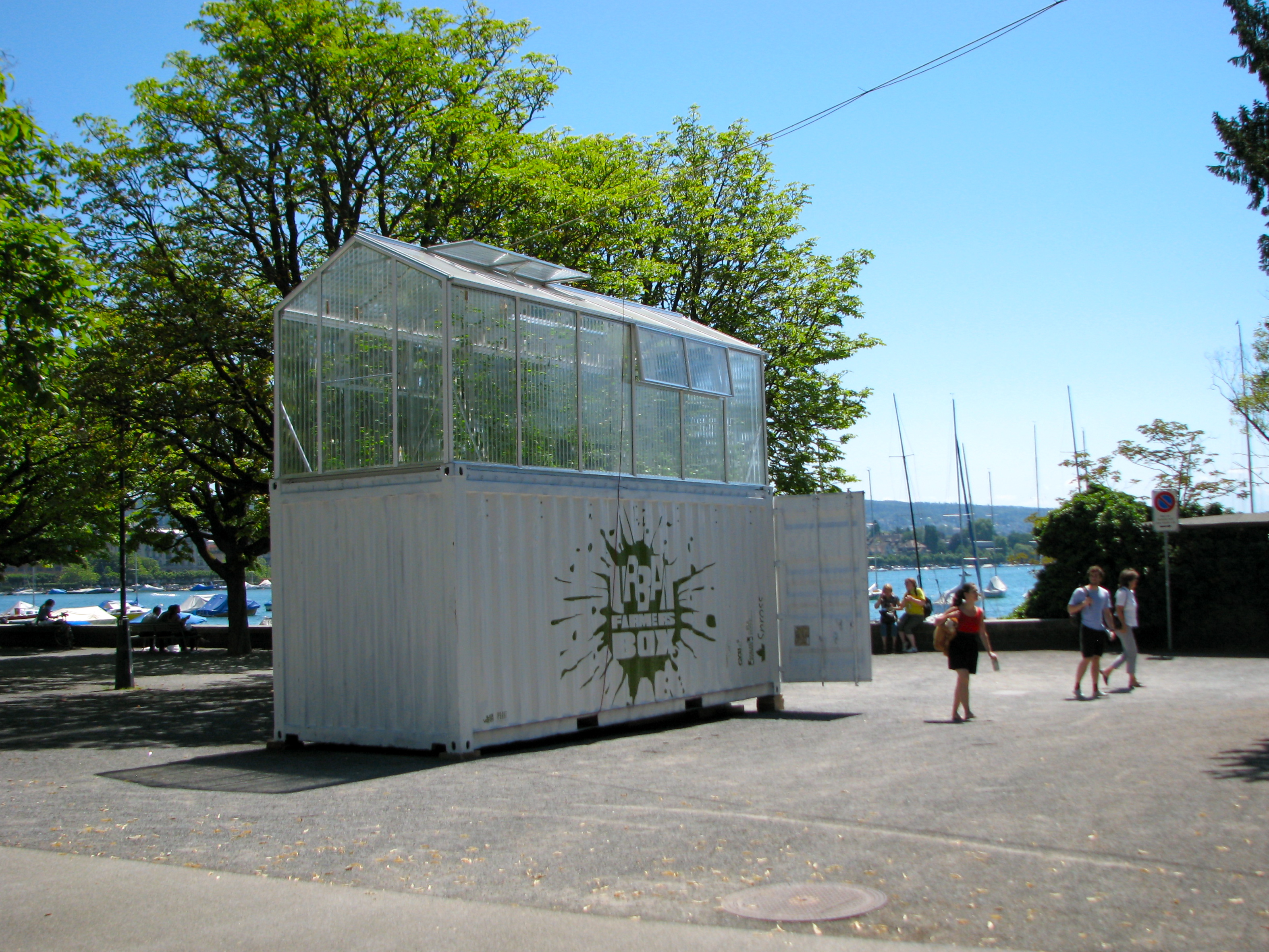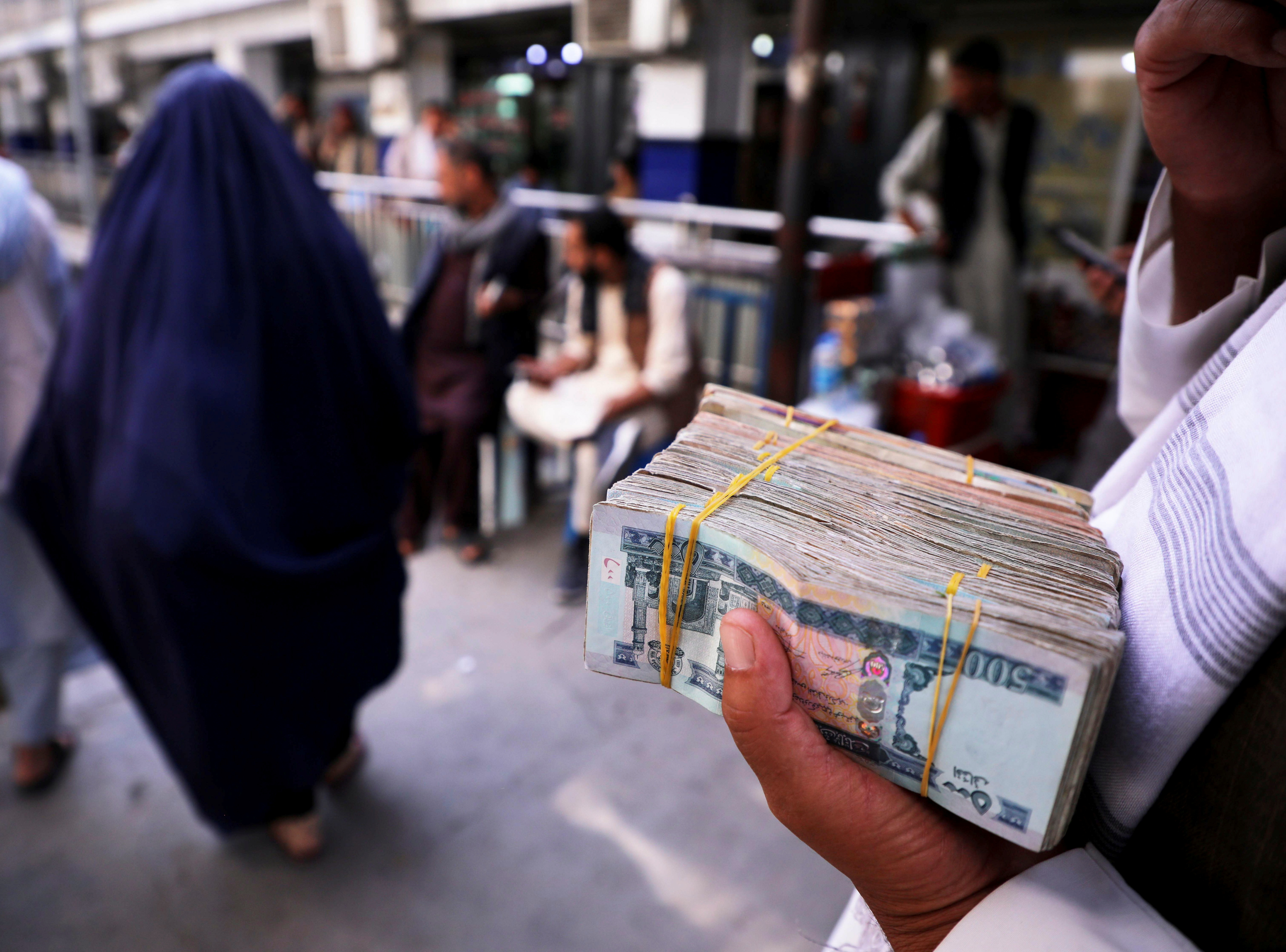Farming of the future takes root

As people are recognising the need for more sustainably grown produce, new ideas about agriculture are taking shape.
Swiss entrepreneurs Urban Farmers are pushing the concept of local production and have come up with a pioneering solution to many of the problems of conventional farming methods.
Urban Farmers attended the International Federation of Landscape Architects’ World Congress at the end of June. The event drew around 850 participants from around the world to Zurich’s Kongresshaus to discuss issues including the integration of agriculture into an urban environment.
Using an almost closed-loop aquaponics system – that combines raising aquatic animals with cultivating plants in water – to produce fish, vegetables and herbs, the firm has developed one of the most ecologically friendly ways to eat. They believe the technology can soon be commercialised.
Top retailers Migros and Coop have expressed an interest in the company’s plans and the firm has been awarded a prize by environmental organisation, WWF Switzerland.
The Swiss Farmers Association said it approved of the idea as a complement to traditional farming, but that it was hard to know how workable it was.
“The concept of urban farming sounds like a good idea to us. Actually, it is a form of Swiss agriculture and our goals in miniature: Produce locally, ecologically food for the local population and pay attention that the circulation of nutrients is closed,” spokeswoman Sandra Helfenstein told swissinfo.ch.
“Unfortunately, we cannot judge the potential and the viability of a production like this in the city. Are there enough suitable places and are the consumers interested to buy this product for a higher price?”
Rooftop boxes
With acquaponics there is no waste created, no need for soil or pesticides, and it is all contained in a box designed to be set up on the rooftops of urban buildings.
No transportation is required, thereby cutting out oil consumption and greenhouse gas emissions.
WWF Switzerland sees one advantage as being that no land needs to be cultivated.
“If you can use a surface that is not otherwise being used, it’s worth a try,” spokesman Philip Gehri told Swiss public radio DRS. “It doesn’t mean though that we think cities can provide for all their food needs this way.”
The Urban Farmers box contains vegetables grown in a glasshouse on top of a tank of fish, which provide nutrients for the plants through their waste as it is taken up with the water through the roots of the plants.
“The beauty of this natural system is that it’s a symbiosis of fish and plants which lives on its own,” Urban Farmers CEO Roman Gaus told swissinfo.ch.
“The main reason for doing this is ecological,” added Gaus.
“We think urban agriculture has a future because the current conventional agriculture is at its peak, with issues such as E-coli, CO2 and so on.”
“Big food”
Gaus said people were very worried about how the world would manage to feed another three or four billion people in the coming years.
“And we’re so vulnerable in our food choices. Like Big Oil and Big Pharma there’s also Big Food, and we’re really dependent on this globalised value chain where you don’t know where the food is from or how it’s produced, and what the transparencies and fairness levels of the product were. You just eat it.
“We’ve all been so far removed from where our food comes from, and we’re saying agriculture should be part of urban culture – it should be part of your culture to grow food.”
People become more aware of how valuable food is when they produce it themselves, he added.
Public interest
An Urban Farmers box set up at the lake front opposite the Kongresshaus attracted many a curious passer-by, some even cheeky enough to sample the edible display items.
“A lot of people have come by and say this is really exciting,” said Gaus. “It’s interesting to see their response when we say it’s a prototype installation.
“Although it’s not commercially comparable with a vegetable from Spain, which has travelled so many kilometres to get here, they can see the potential and why we’re doing this. It’s immediately clear to anybody,” he said.
Besides the boxes, which are designed to feed an average family household, Urban Farmers also have other, bigger plans in the pipeline.
Co-operative project
The first such project is a co-op urban farm, which would provide for around 300 people. This is planned to be implemented in Basel next year.
The concept includes a restaurant and a shop where vegetables can be bought direct, as well as the idea to hold demonstrations on how to kill and prepare fresh fish or make tomato sauce from fresh tomatoes and herbs.
In terms of fish production, Migros are already engaged in sustainable breeding projects, such as Fisch vom Buur, but say they would consider the Urban Farmers’ proposition.
“We’re basically always interested in sustainable projects and would certainly have a closer look at the given time,” Migros media spokeswoman Olivia Luginbuehl told swissinfo.ch.
Coop media spokeswoman Sabine Vulic says that they are not participating in any such project at the moment but would also be keeping an eye on new developments.
“Urban Farming is an upcoming movement, also in Switzerland, and Coop follows the progress of this idea with interest,” she said.
Urban Farmers admit that there is a disadvantage in the expense involved because of the investment required. At SFr40,000-50,000 to set up a private Urban Farmers box, it’s not going to be something for everyone.
“If we just did farming in Kenya, it would be cheaper,” said CEO Roman Gaus.
However he counters with the fact that if it were done sustainably, paying local workers a fair wage along with acknowledging the true environmental costs of the transportation required, the equation would look very different.
Gaus says there is a lot of potential in Asia, South America and India for urban farming.
The concept of urban agriculture has become very popular in New York recently, and has also settled as something of a new industry in areas that formerly lived off the car industry such as Milwaukee and Detroit.
It also developed in Cuba in the 1980s when the Soviet economy collapsed and people had to find a new way to produce food and feed themselves for survival’s sake.

In compliance with the JTI standards
More: SWI swissinfo.ch certified by the Journalism Trust Initiative















You can find an overview of ongoing debates with our journalists here . Please join us!
If you want to start a conversation about a topic raised in this article or want to report factual errors, email us at english@swissinfo.ch.